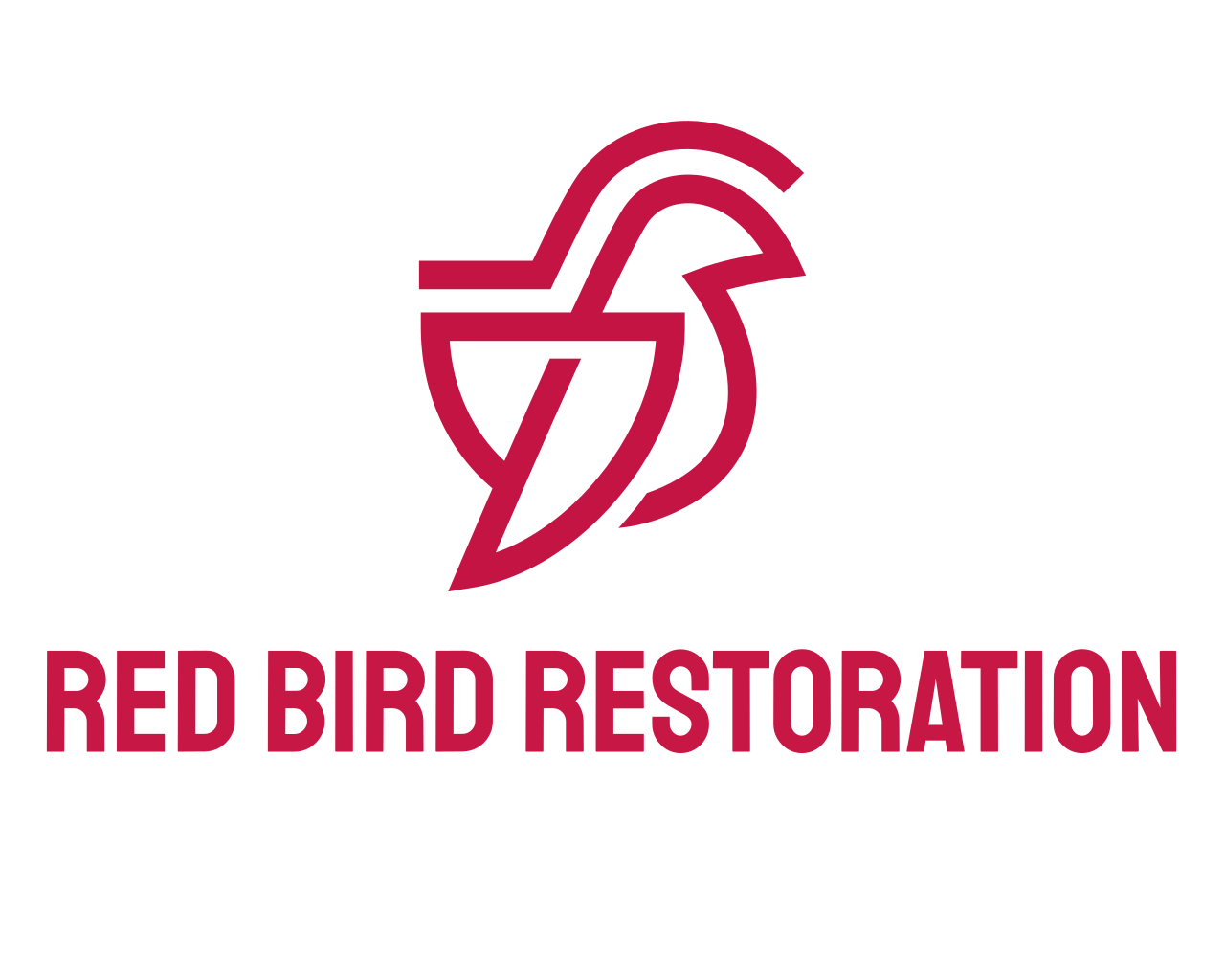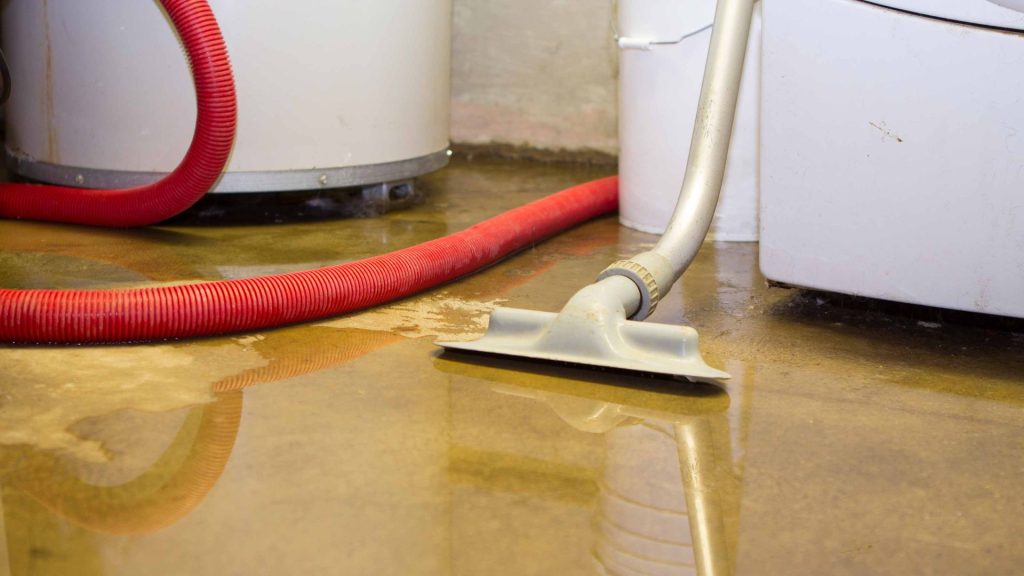Water damage can strike at any moment—whether from a burst pipe, severe weather, a leaking roof, or an overflowing appliance. When it happens, every second counts. Emergency water damage repair isn’t just a service—it’s a critical response that helps homeowners and businesses prevent irreversible damage, mold growth, and costly structural issues.
In this blog, we’ll explore what emergency water damage repair entails, why it’s essential, and how professionals handle the process efficiently to restore properties to their pre-loss condition.
Understanding Water Damage: The Silent Destroyer
Water is deceptively powerful. While it may seem harmless at first, uncontrolled water intrusion can compromise your property in several ways:
- Structural Damage: Wood, drywall, and insulation absorb water quickly, leading to warping, swelling, and deterioration.
- Mold Growth: Mold can begin to develop within 24–48 hours of water exposure, posing serious health risks and spreading rapidly.
- Electrical Hazards: Standing water and moisture can lead to electrical shorts, increasing the risk of fires and injury.
- Loss of Personal Property: Furniture, electronics, and sentimental items may be lost if not quickly salvaged or protected.
The longer the water remains, the worse the damage becomes—making emergency repair a necessity, not a luxury.
What Is Emergency Water Damage Repair?
Emergency water damage repair is a rapid response service designed to mitigate, repair, and restore damage caused by unexpected water intrusion. These services are available 24/7, because water disasters don’t wait for business hours.
Key Services Include:
- Immediate Response & Inspection: Professionals arrive promptly to assess the extent of the damage and identify the water source.
- Water Extraction: Powerful pumps and vacuums are used to remove standing water as quickly as possible.
- Drying & Dehumidification: Industrial-grade fans and dehumidifiers dry out affected areas to prevent mold and structural damage.
- Cleaning & Sanitizing: Surfaces are disinfected to prevent contamination and mold growth.
- Restoration: Damaged materials like drywall, flooring, and insulation are repaired or replaced to restore the space.
Why Emergency Water Damage Repair Is Essential
1. Prevents Structural Deterioration
Water can weaken the foundation, compromise load-bearing structures, and destroy insulation. Emergency repair prevents small issues from becoming major reconstruction jobs.
2. Stops Mold in Its Tracks
Mold is not just unsightly—it’s hazardous. Spores can cause allergic reactions, respiratory problems, and damage indoor air quality. Swift drying and treatment stop mold before it spreads.
3. Minimizes Financial Loss
The faster you act, the lower your repair costs. Water damage can escalate quickly. What starts as a minor leak can turn into a $10,000+ restoration if not addressed promptly.
4. Preserves Personal Belongings
Fast action can save irreplaceable items like photos, documents, and electronics. Emergency technicians know how to properly handle and restore water-damaged belongings.
5. Ensures Safety
From electrical issues to slip hazards, a flooded space is dangerous. Professionals ensure your property is safe to occupy and free from hidden dangers.
Common Causes of Emergency Water Damage
Understanding the sources of water damage helps in prevention and preparedness:
- Burst Pipes: Often caused by freezing temperatures or old plumbing systems.
- Roof Leaks: Storm damage or aging shingles can allow water to seep in.
- Sewer Backups: Blocked or damaged sewer lines can lead to contaminated water intrusion.
- Appliance Failures: Washing machines, dishwashers, and water heaters can leak or overflow.
- Heavy Rainfall or Flooding: Natural disasters and drainage issues can flood basements and lower levels.
Regardless of the cause, the response must be immediate.
The Emergency Water Damage Repair Process
Let’s break down the professional approach to emergency water damage:
1. Emergency Contact
Most restoration companies offer a 24-hour hotline. Immediate contact is vital to trigger a fast response.
2. Damage Assessment
Technicians evaluate the severity and category of water damage:
- Category 1: Clean water from sources like pipes or faucets.
- Category 2: Grey water from appliances, which may contain contaminants.
- Category 3: Black water from sewage or flooding—hazardous and unsanitary.
3. Water Extraction
Using commercial-grade pumps and vacuums, the water is quickly removed from the site.
4. Drying & Dehumidification
This step ensures all hidden moisture is eliminated—especially from walls, subfloors, and ceiling cavities.
5. Sanitization & Odor Removal
Disinfection kills bacteria, while specialized equipment removes lingering odors caused by mold or mildew.
6. Repairs and Restoration
From patching drywall to rebuilding damaged rooms, the final step is to return your property to its original condition—or even better.
DIY vs. Professional Emergency Water Repair: What’s the Difference?
While it may be tempting to handle water damage on your own, DIY methods can fall short. Here’s why hiring professionals makes a difference:
| DIY Limitations | Professional Advantages |
|---|---|
| Limited tools for deep water removal | Industrial pumps and drying equipment |
| Risk of missed moisture behind walls | Infrared and moisture meters detect hidden dampness |
| Incomplete sanitization | Certified antimicrobial treatments |
| Lack of expertise in structural repair | Skilled contractors for full restoration |
| No insurance coordination | Help with claims and documentation |
If you value your time, health, and investment, hiring a professional is the safer and smarter route.
How to Prepare for a Water Emergency
While not all water damage is preventable, preparation can minimize the impact:
- Install a Sump Pump: Especially in basements prone to flooding.
- Regular Maintenance: Inspect plumbing, roofing, and appliances periodically.
- Seal Cracks: Fix foundation and window leaks before they become entry points.
- Know Your Shut-Off Valves: In case of a burst pipe, turning off water quickly can save your home.
- Keep Emergency Contacts Ready: Save a trusted water damage repair company in your phone.
Final Thoughts: Don’t Wait—Act Fast
Water damage doesn’t wait, and neither should you. Whether it’s a broken pipe at 2 AM or floodwaters creeping into your living room, emergency water damage repair is your best defense against lasting property damage and high repair bills.
By trusting professionals to respond quickly and thoroughly, you protect your property, your health, and your peace of mind. Always remember: the faster the response, the lesser the damage.

